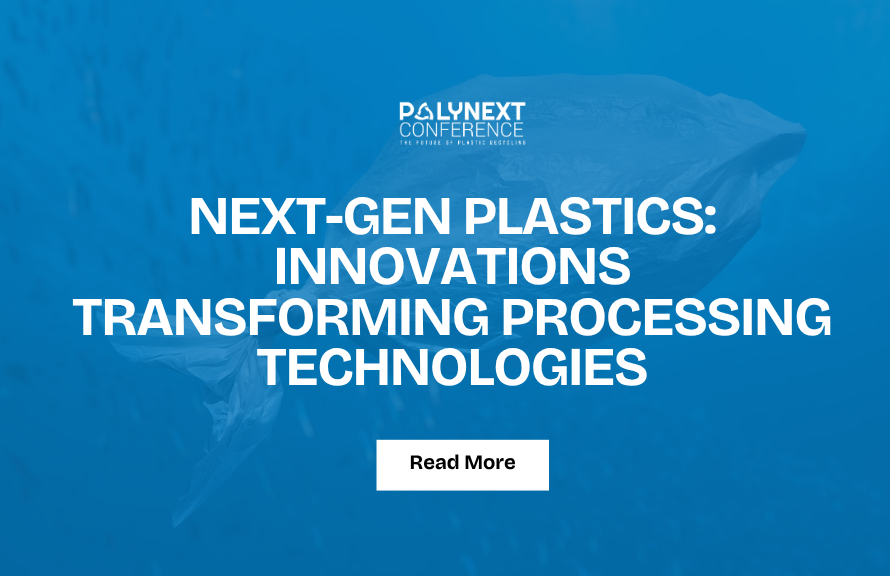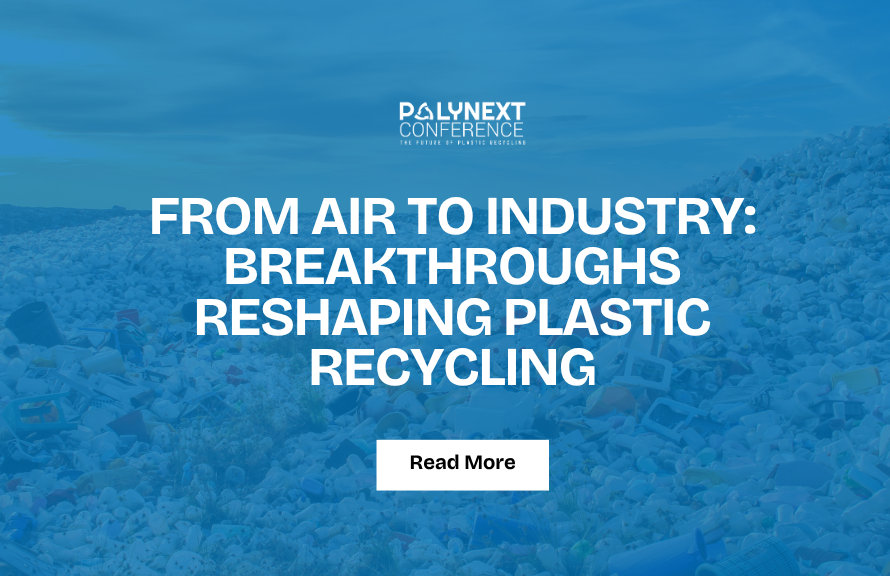In a significant step toward sustainable waste management, scientists at Northwestern University have introduced a novel technique to recycle polyethylene terephthalate (PET)—a widely used plastic in packaging—using the natural moisture found in ambient air. Unlike conventional methods that rely on harsh chemicals or high energy, this breakthrough offers a cleaner, more energy-efficient pathway to transforming plastic waste into reusable material.
How the Process Works
Northwestern researchers have unveiled a groundbreaking yet practical method to recycle PET plastic. The process starts with a simple, non-toxic catalyst made from molybdenum and activated carbon. When PET is heated with this catalyst, its chemical bonds begin to break down. The true innovation lies in the next step: exposure to ambient air. Moisture in the air triggers a reaction that transforms the broken PET fragments into monomers — the fundamental building blocks of plastic. This technique avoids hazardous solvents, lowers energy use, and minimizes harmful waste. Even the sole byproduct, acetaldehyde, is a valuable industrial chemical that can be easily extracted, enhancing the overall sustainability of the process.
Key Benefits and Real-World Impact of the New PET Recycling Method
This breakthrough could revolutionize PET plastic recycling and push us closer to a truly circular economy—reducing dependence on virgin materials and tackling plastic pollution at its source.
As Yosi Kratish, co-corresponding author of the study, points out, “The United States leads the world in plastic pollution per capita, yet recycles only about 5% of its plastic waste.”
What makes this method stand out is its combination of safety, efficiency, and selectivity. Unlike traditional recycling techniques, it uses no toxic solvents or harsh chemicals, operates at moderate temperatures without high pressure, and is remarkably energy-efficient. It’s also highly selective—targeting only polyesters like PET—allowing it to process mixed plastic waste without the need for tedious sorting.
In both lab and practical tests, the method recycled common PET waste—such as used water bottles, polyester textiles, and colored plastics—into high-purity terephthalic acid (TPA). Up to 94% of the PET was broken down within just four hours, using a reusable catalyst and requiring no complex infrastructure—making the process not only sustainable but also scalable.
Adding more insight into the innovation, Kratish explains:
“What’s particularly exciting about our research is that we harnessed moisture from air to break down the plastics, achieving an exceptionally clean and selective process. By recovering the monomers—the basic building blocks of PET—we can recycle or even upcycle them into more valuable materials.”
This innovation marks a major stride toward a low-impact, circular plastic economy, offering a cleaner, more affordable, and scalable alternative to conventional recycling.
Spotlight on PolyNext 2025
PolyNext 2025, a leading global event on plastic innovation and sustainability, will spotlight such transformative breakthroughs in recycling. From biodegradable polymers to circular solutions like ambient-air depolymerization, the event gathers scientists, industries, and policymakers driving the future of sustainable plastics. Don’t miss it!
References
Northwestern University. Plastic Recycling Gets a Breath of Fresh Air (2025)
PETnology. Scientists Break Down PET Using Air and Catalyst
Packaging Europe. Turning Mixed Plastic Waste into Building Blocks

